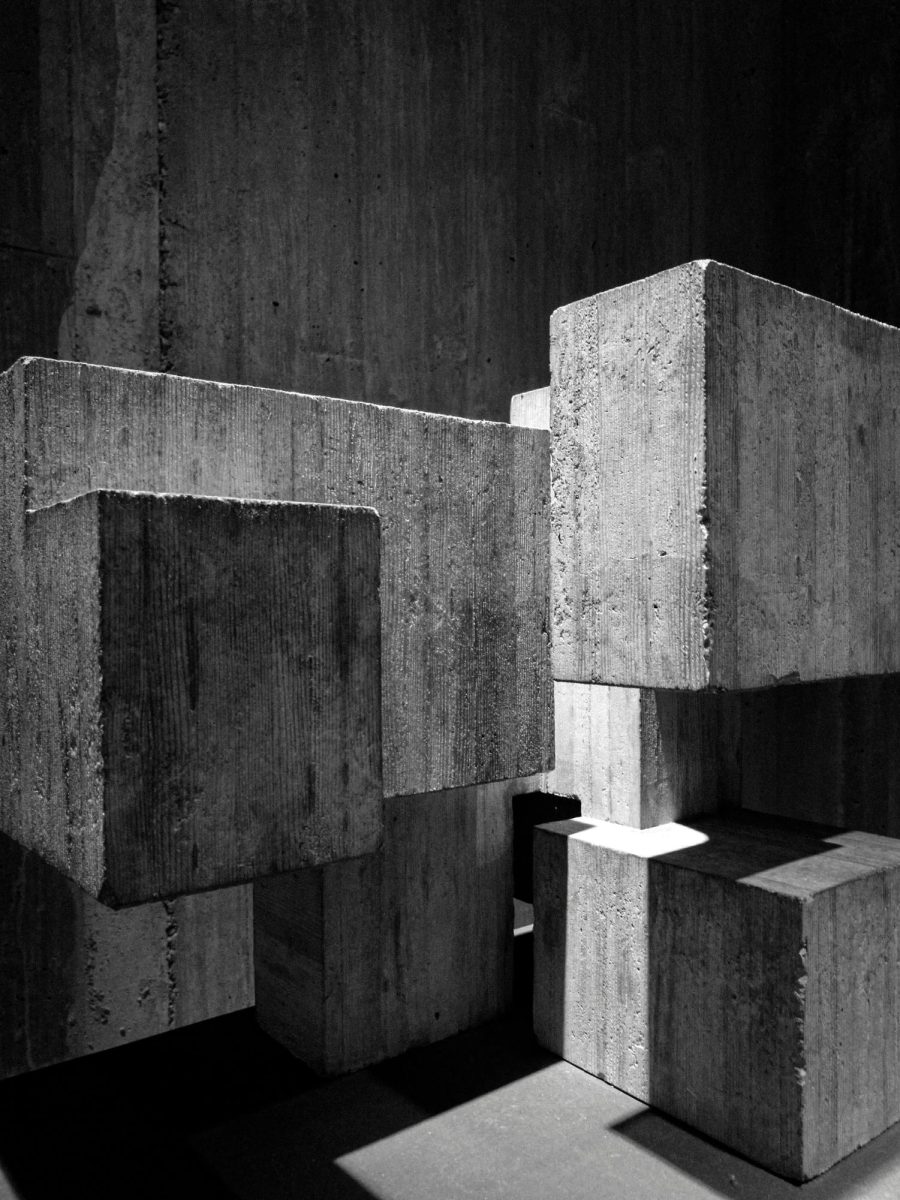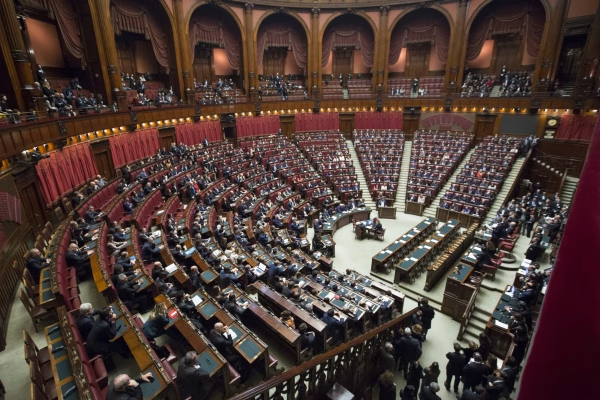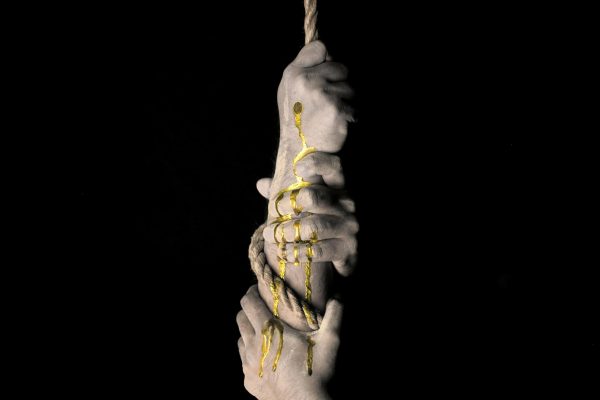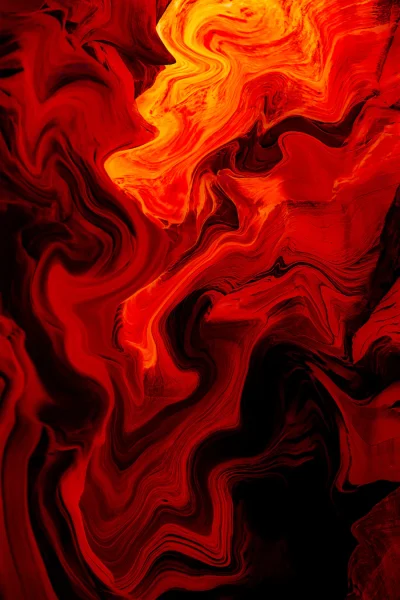Brutalism
Concrete is a cheap, readily available material that is relatively easy to build with, but beyond that, concrete is a beautiful medium for the art that is brutalist architecture. Started after the German bombing of London because the British government needed a fast and inexpensive way to rebuild, brutalist architecture sits upon the intersection of great despair and great beauty.
The Royal Institute of British Architects will tell you that brutalism is “a style with an emphasis on materials, textures, and construction, producing highly expressive forms.” Don’t get me wrong, I don’t doubt the credibility of this, but to me, this definition only scratches the surface. Brutalism is large slabs of silent, unmoving concrete that push against the natural world in deep-seated defiance, it is the rejection of tradition and the embrace of newness, of adaptation. It is the harmonious meeting of complete, polar, opposites: beauty and pain.
Many people, upon first (or, honestly, second or third or fourth) glance will only see brutalist buildings at face-level; as ugly deformities of the Earth. And yes, there are some brutalist buildings that are, objectively, ugly. For instance, a style that is so evocative of both awe and fear should, in my opinion, never be used on government buildings, like the (rightly) controversial Boston City Hall. In a place that on its own can inspire fear, why would one want to extend that fear into the very ground one is standing on? However, brutalist buildings are so incredibly well-suited for many other purposes. The Barbican Centre in London is an art center and it is honestly one of the most beautiful buildings I have ever seen; the angry, solid concrete provides such a perfect background for its numerous artworks. To really see brutalism in all its glory and beauty, I firmly believe that one must understand its history. Understanding the horrors brutalism was born of provides such a powerful explanation for it. Brutalism is a truly beautiful style, but general misuse and misunderstanding of the style have led it to be disliked by many. Hopefully, after reading this, you are able to find at least a shred of beauty in brutalism.
Photo by uve sanchez on Unsplash










